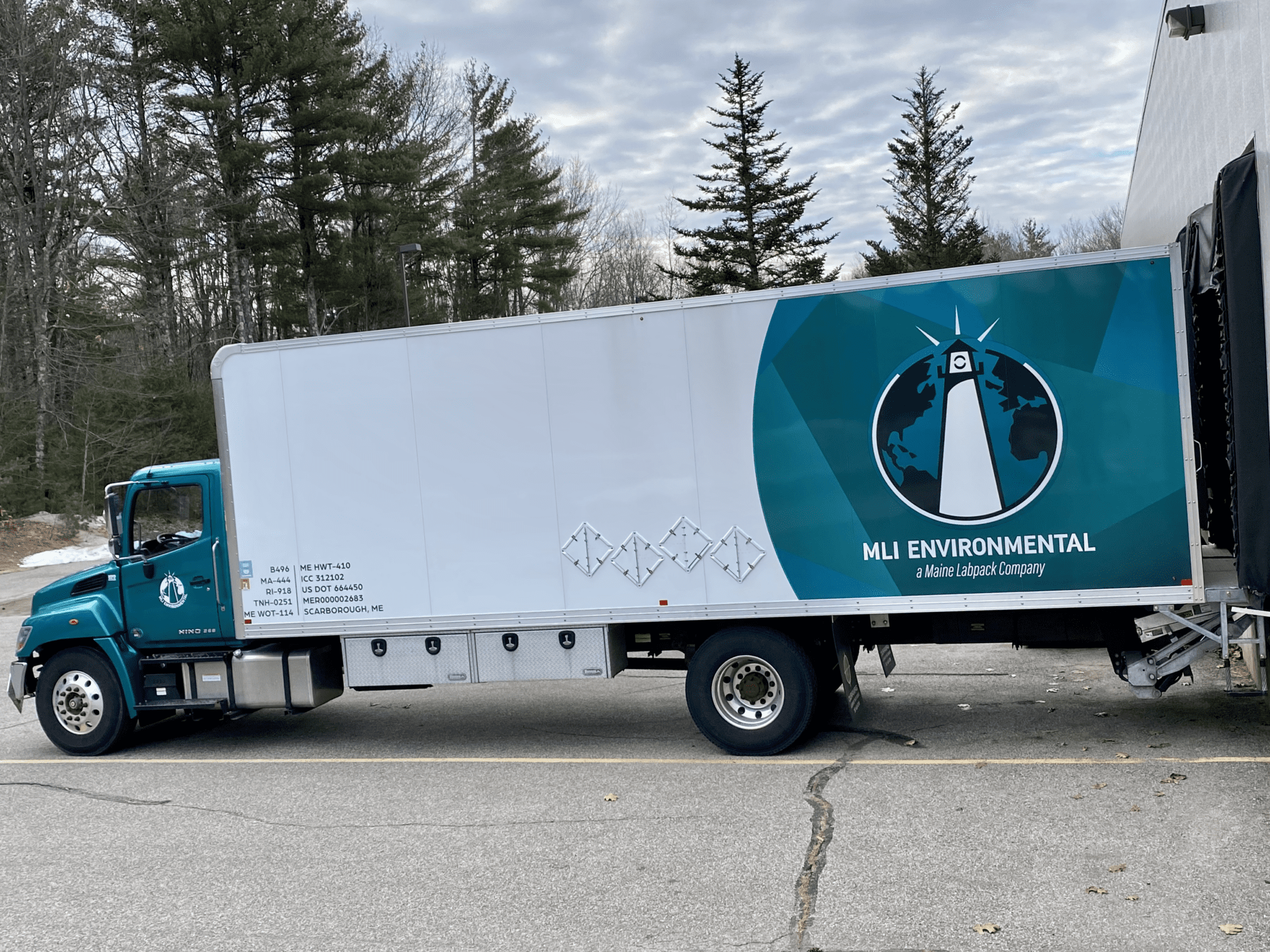
Hazmat shipping companies specialize in all services related to the safe and compliant transportation of hazardous materials and dangerous goods. As shipping hazardous materials is subject to stringent regulation and oversight, industries and institutions that require such services often turn to hazmat shipping companies as much for their expertise to ensure compliance with the law as to field numerous questions about hazmat shipping. Though the who, what, and why for managing the safe transportation of hazardous materials is lengthy, here are 10 common hazmat shipping FAQs to better grasp hazardous materials and their safe shipment:
1. What Is a Hazardous Material?
Hazardous materials are substances or materials—solids, liquids, or gases—that pose a risk to health, safety, property, or the environment due to their physical or chemical properties. They require special handling and transportation subject to regulation by federal, state, and local authorities. Hazardous materials must hold one of four characteristic properties to be considered potentially hazardous—ignitability, corrosivity, reactivity, or toxicity. Materials with characteristic properties can include chemicals, gases, liquids, explosives, flammable materials, radioactive substances, and more.
2. What Is Hazardous Waste?
Hazardous waste is a discarded hazardous material with no inherent value and no expectation of compensation but still retains properties that make it potentially dangerous or pose a substantial threat to human health and the environment. As with hazardous material, hazardous waste may be any type of physical material in any form—a solid, liquid, sludge, or gas.
3. Who Regulates Hazardous Material and Waste?
Hazardous material and waste management is regulated by federal, state, and, in some instances, local authorities. Regulation of hazardous wastes begins with the EPA under the authority of the Resource Conservation and Recovery Act (RCRA), a public law passed in 1976. The RCRA has provided a continuous framework for properly managing hazardous and non-hazardous solid waste in the U.S. The EPA also regulates dangerous goods and toxic wastes, hazardous materials or substances that pose a public and environmental risk when transported in commerce. State EPAs generally serve as the main liaison to the federal EPA and administer some federal programs.
4. Who Regulates the Transportation of Hazardous Materials?
Regulatory authority for transporting hazardous materials and dangerous goods over public highways, roads, rails, and waterways falls under the jurisdiction of multiple federal, state, and local agencies. The U.S. Department of Transportation (DOT) and its various agencies, such as the FAA or PHMSA (Pipeline and Hazardous Materials Safety Administration), are the primary authority regulating hazardous materials transportation. However, the DOT works with the EPA, OSHA (Occupational Safety and Health Administration), and state and local agencies. International hazardous material shipment must follow International Air Transport Association (IATA) regulations.
5. Who Is Considered a Hazardous Material Shipper?
A hazardous material shipper is any individual or organization involved in the packaging, labeling, marking, and documenting of hazardous materials for transportation. Companies, businesses, agencies, and institutions that create hazardous material are responsible for its safe transportation from where it was created to a designated site where it can be safely handled, stored, and treated.
6. Who Is Responsible for Shipping Hazardous Materials?
Shippers of hazardous materials are legally responsible for their correct classification, documentation, labeling, and packaging. Before transporting a hazardous material, shippers must properly package and classify the material with the correct hazardous communication labeling, markings, and shipping documentation. All hazardous waste generators should know regulations and best practices for shipping hazardous materials.
7. Do Individuals Require Training to Ship Hazardous Materials?
All personnel, including managers and employees who prepare or are involved with hazmat shipping, must receive hazardous material safety and security training to ensure they understand the regulations, safe handling practices, and emergency procedures related to hazardous materials. Preparation for shipping hazardous materials must be carried out by personnel who load, unload, sign manifests, or prepare the hazardous material for transportation. New employees must be trained within 90 days of hiring and every 3 three years thereafter. Find information on hazmat training in the DOT’s Hazardous Materials Transportation Handbook (HMT Handbook).
8. How Are Materials Classified as Hazardous?
There are 9 hazardous material classifications based on their properties and potential risks. In preparation for packaging and shipping, to ensure compliance, check the DOT’s Hazardous Materials Table (HMT) to ensure proper hazard labeling, markings, and documentation are included with the material.
9. What Labeling, Markings, and Documentation Are Required for Hazardous Material Shipments?
Hazardous materials must be labeled with proper shipping names, hazard labels, and placards. Markings on packages and transport vehicles should indicate the presence of hazardous materials. Proper documentation includes the Material Safety Data Sheet (MSDS) or Safety Data Sheet (SDS) that details information about hazardous material’s properties, hazards, safe handling procedures, and related shipping papers and emergency response information. For international shipments, a dangerous goods declaration is required.
10. Are There Restrictions on Transporting Hazardous Materials Together?
Due to hazardous materials’ characteristic properties and potential volatility, there are restrictions on shipping certain hazardous materials together. Compatibility and segregation requirements must be followed to prevent dangerous reactions between different hazardous materials when they are shipped together.
Request a Dangerous Goods Shipping Quote from the Experts at MLI Environmental
Though shipping hazardous materials is a procedural, step-by-step process, it is a complex and highly regulated one with no margin of error allowed. For more information on safely shipping your hazardous materials, request a dangerous goods shipping quote from MLI Environmental today. As one of New England’s most trusted hazmat shipping companies, we are leaders in all areas of providing hazardous material management services. Our trained and certified personnel will answer your questions to ensure your material is packaged safely and in compliance.
